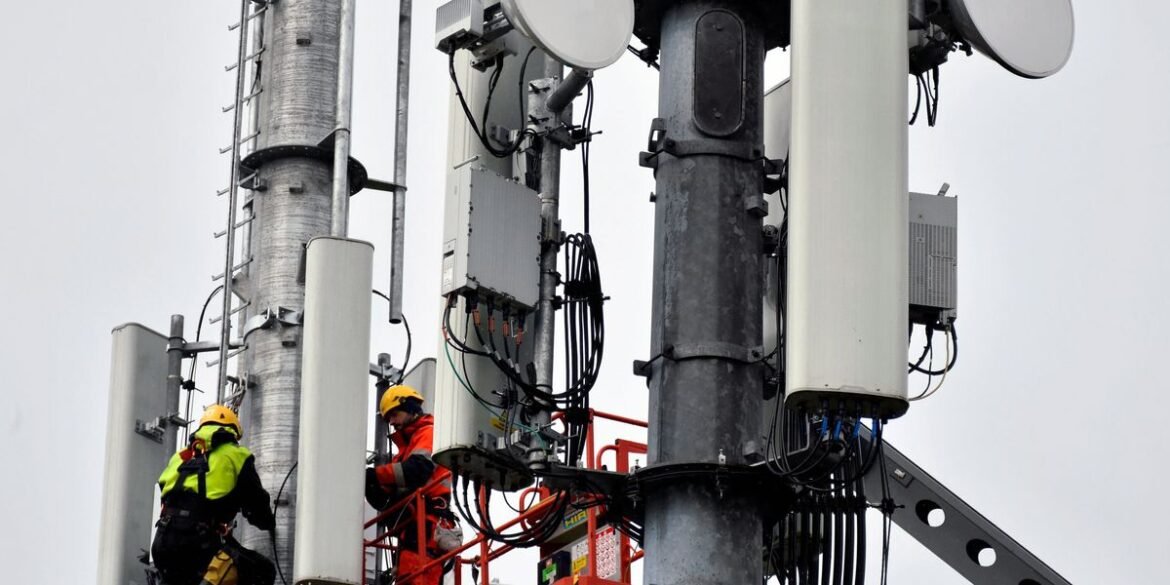
As 5G network capabilities expand globally, the need for trained engineers who know the protocols and procedures required to set up and manage telecommunications systems grows. The newest telecom generation has brought higher data transmission speeds, lower latency, and increased device connectivity to a wide variety of devices used for health care, entertainment, manufacturing, and transportation. Remote surgery, self-driving cars, real-time industrial monitoring, and immersive virtual reality experiences are just some of the innovations that 5G has made possible.
The more recent enhancements, known as 5G-Advanced, include the integration of artificial intelligence and machine learning solutions to enable more intelligent network management. The developments are paving the way for 6G, expected to be commercially available by 2030.
Key differences between 5G and 6G are expected to include enhanced scalability, increased utilization of the radio spectrum, and dynamic access to different connection types including cellular, satellite, and Wi-Fi. The improvements likely will result in more reliable connections with fewer interruptions—which is essential for supporting drones, robots, and more advanced technologies.
To get engineers up to speed on the two technologies, IEEE and telecom training provider Wray Castle have launched the 5G/6G Essential Protocols and Procedures Training and Innovation Testbed.
Self-paced learning, course books, and videos
The training program provides a deep dive into essential 5G protocols including the network function (NF) framework, registration processes, and packet data unit (PDU) session establishment. The NF framework supports functions required for 5G networks to operate. Registration processes involve the steps needed for devices to connect to the network. PDU session establishment is the procedure for setting up data sessions between devices and the network.
The comprehensive training includes 11 hours of on-demand, self-paced online learning, illustrated digital course books, and instructional videos. Learners receive three months of access to the IEEE 5G/6G Innovation Testbed, a cloud-based, private, secure, end-to-end 5G network testing platform that offers hands-on experience. The platform is for those who want to try out their 5G enhancements, run trials of future 6G functions, or test updates for converged networks. Users may test and retest as many times as they want at no additional cost.
Key differences between 5G and 6G are expected to include enhanced scalability, increased utilization of the radio spectrum, and dynamic access to different connection types including cellular, satellite, and Wi-Fi.
Tailored for professionals such as system engineers, integrators, and technical experts, the program provides knowledge and practical skills needed to excel in the evolving telecommunications landscape.
After successful completion of the training program, learners earn an IEEE certificate bearing 11 professional development hours—which can be shared on résumés and professional networking sites such as LinkedIn.
Ensure your mobile network expertise is up to speed on the latest advancements in wireless technology. Complete this form to learn more.
From Your Site Articles
Related Articles Around the Web


